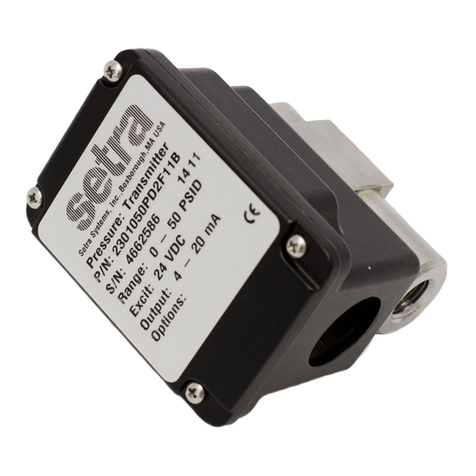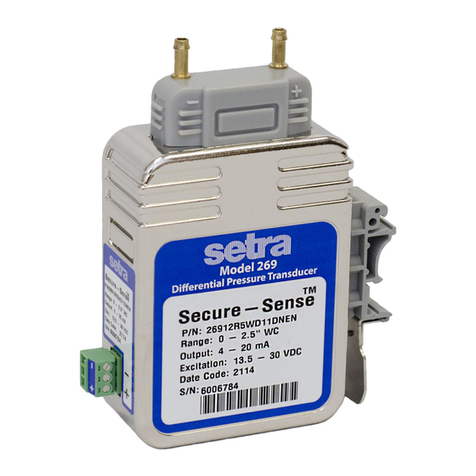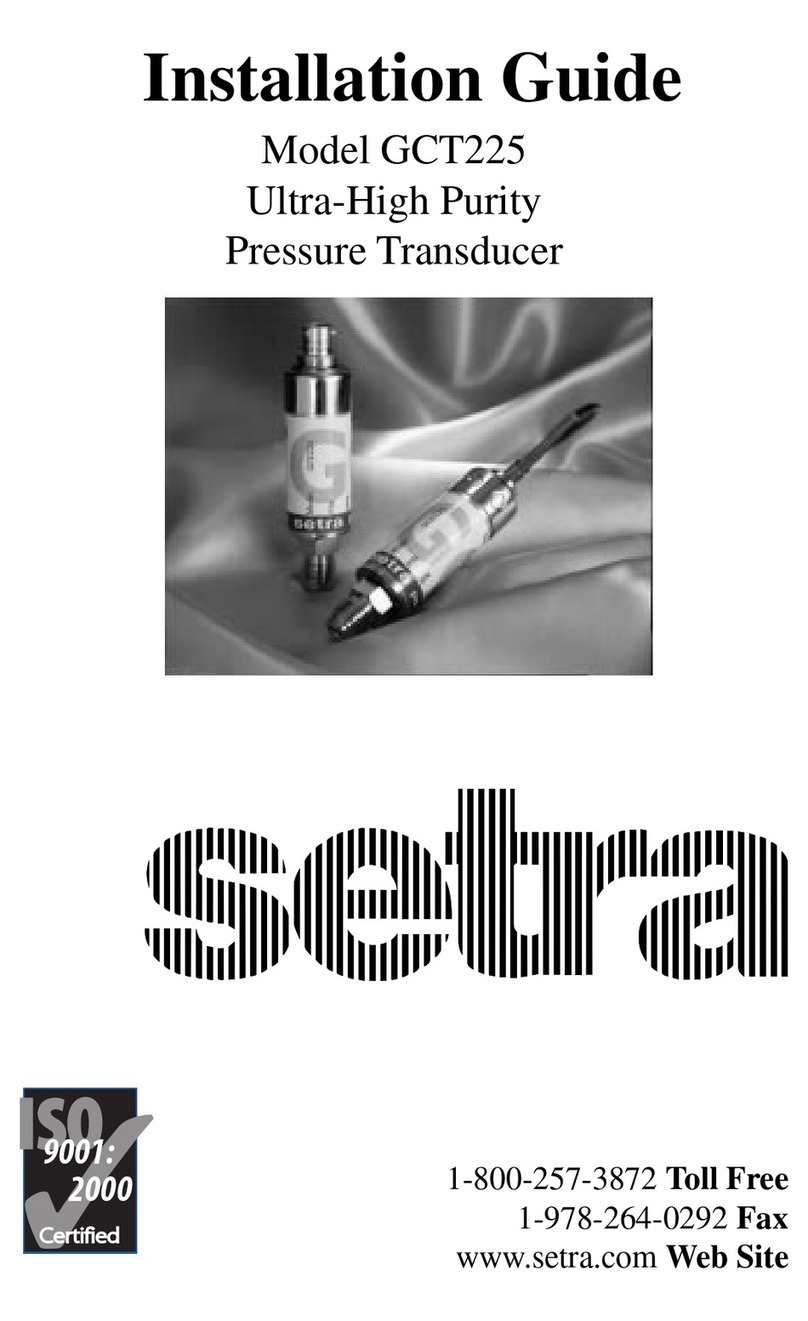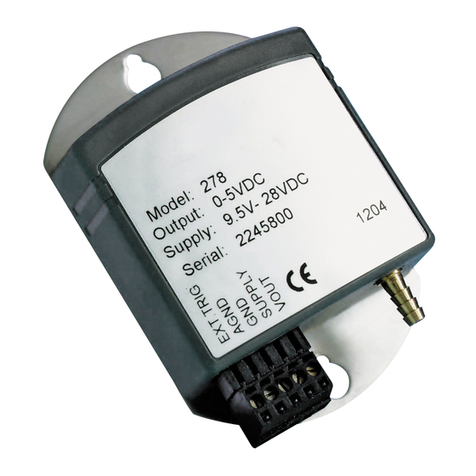Setra Systems DPT267 Series User manual







This manual suits for next models
1
Other Setra Systems Transducer manuals
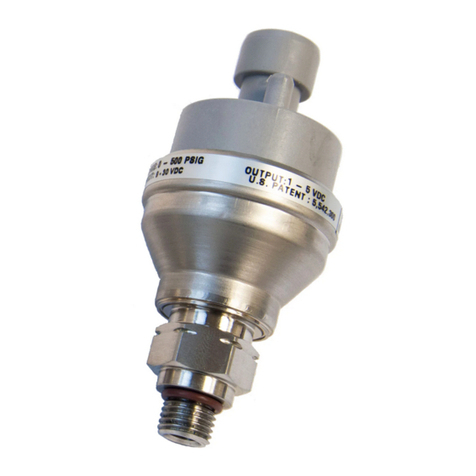
Setra Systems
Setra Systems 209 User manual
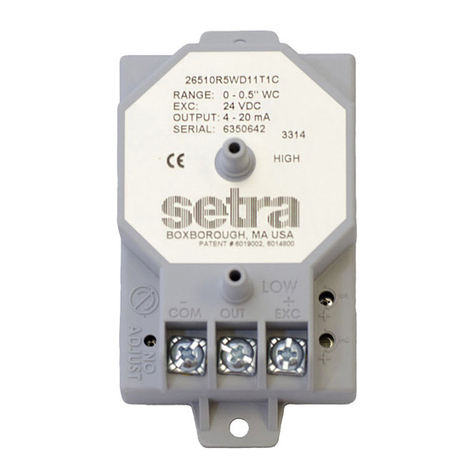
Setra Systems
Setra Systems 265 User manual
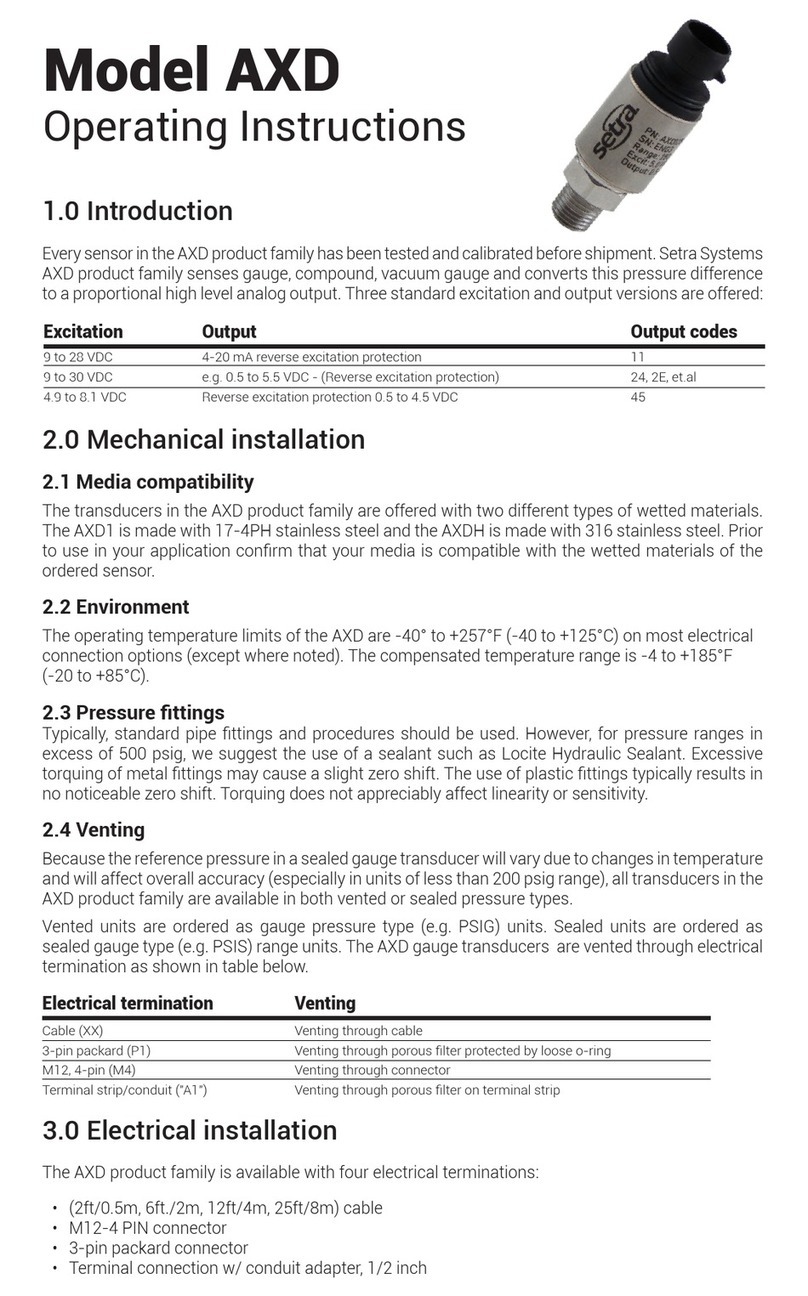
Setra Systems
Setra Systems AXD User manual
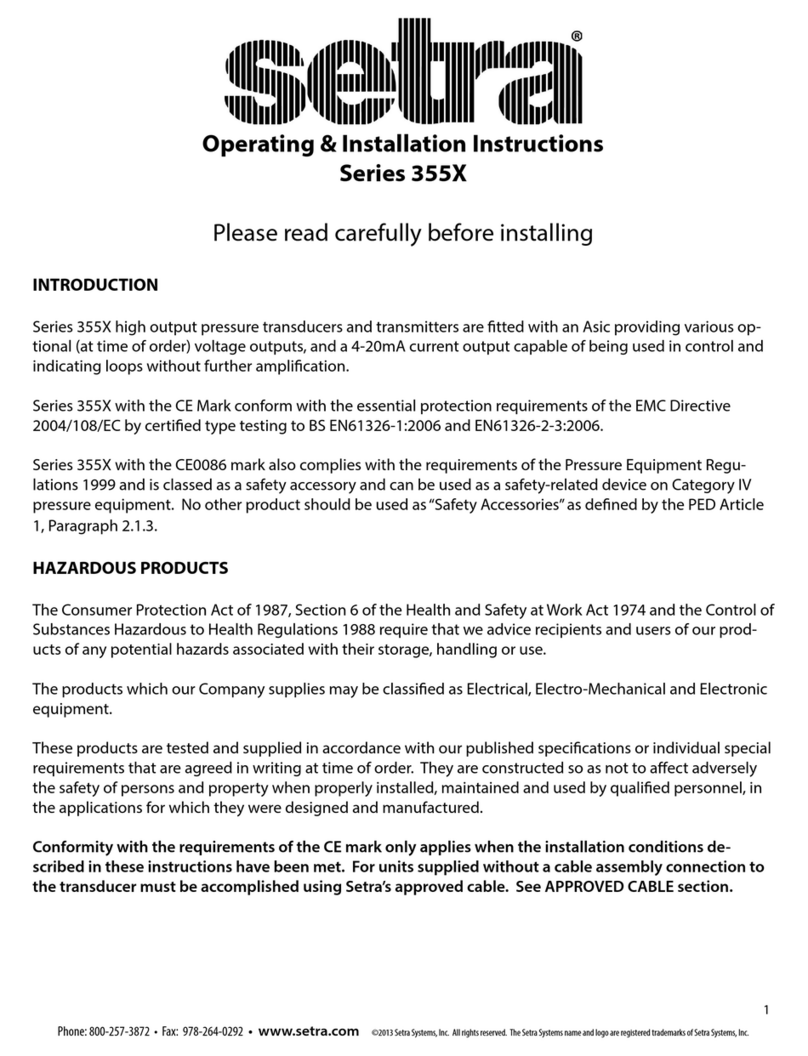
Setra Systems
Setra Systems 355X Series Product guide
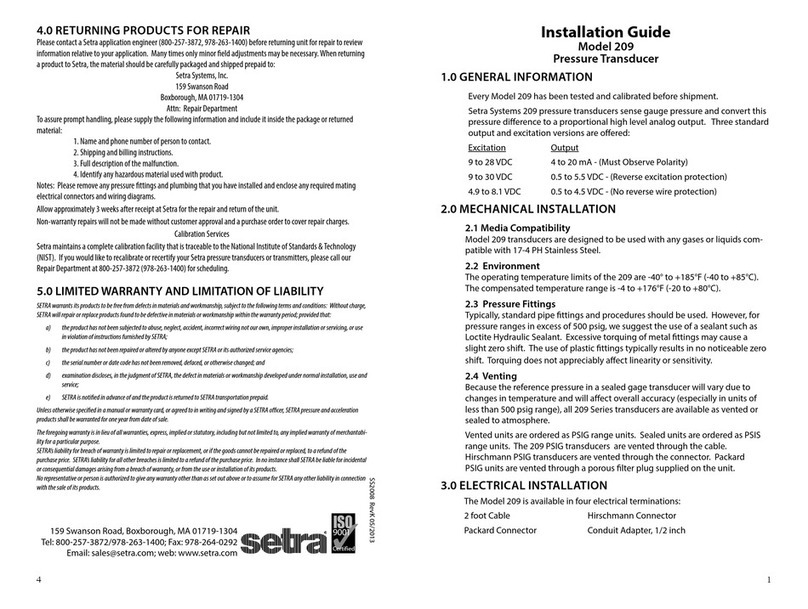
Setra Systems
Setra Systems 209 User manual
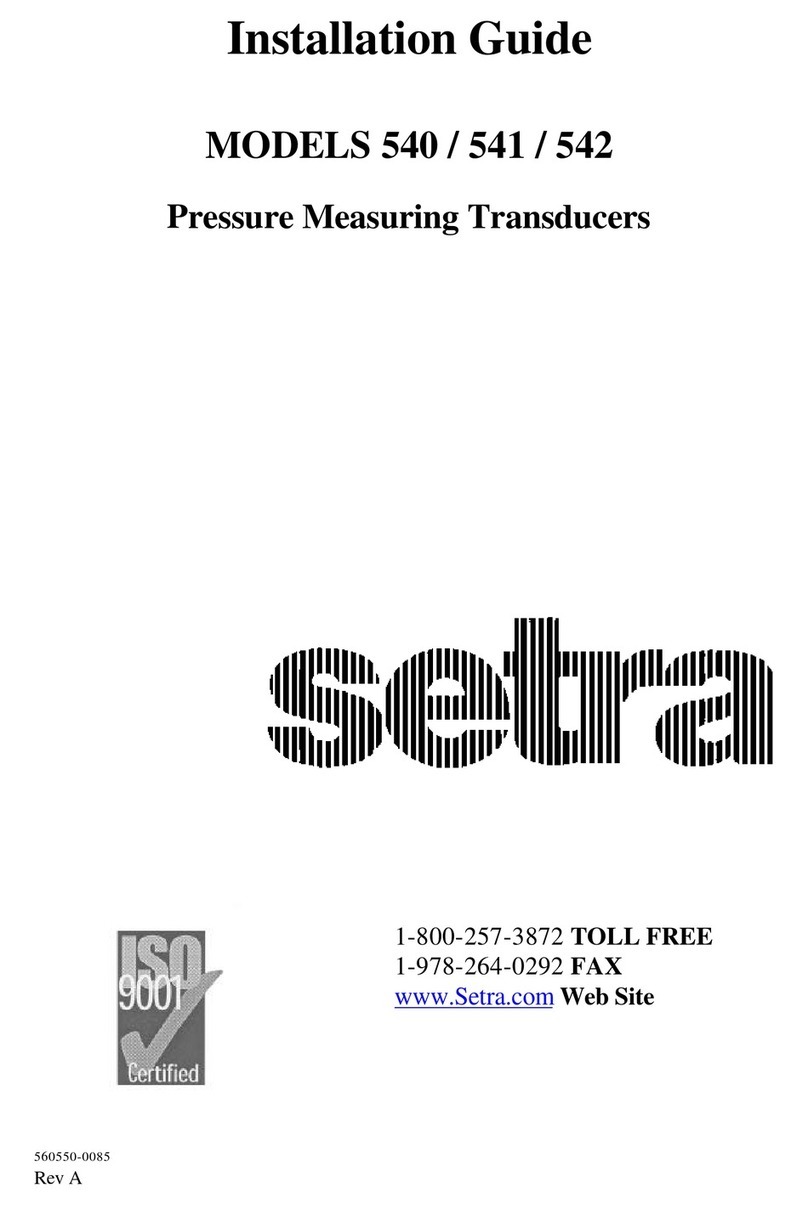
Setra Systems
Setra Systems 540 Series User manual

Setra Systems
Setra Systems Multi-Sense 231RS User manual
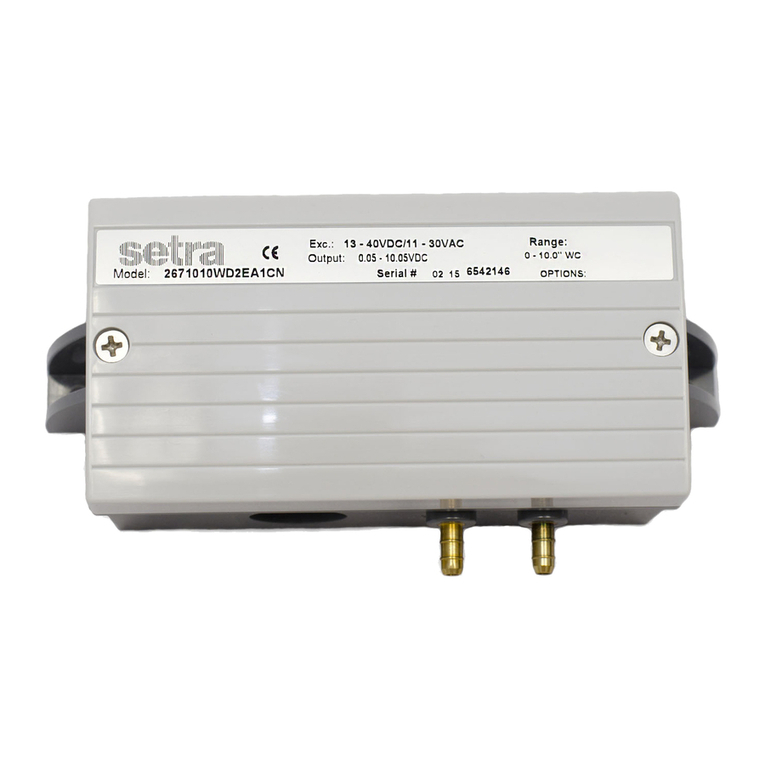
Setra Systems
Setra Systems 267 User manual
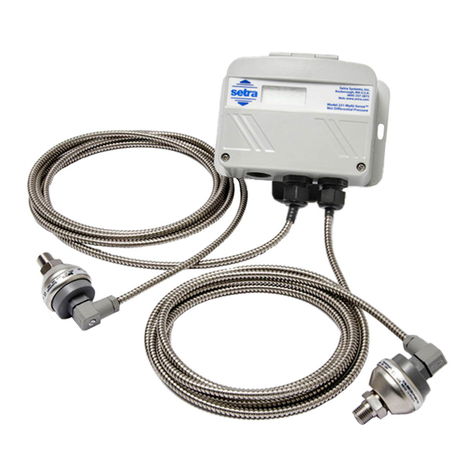
Setra Systems
Setra Systems Multi-Sense 231RS User manual
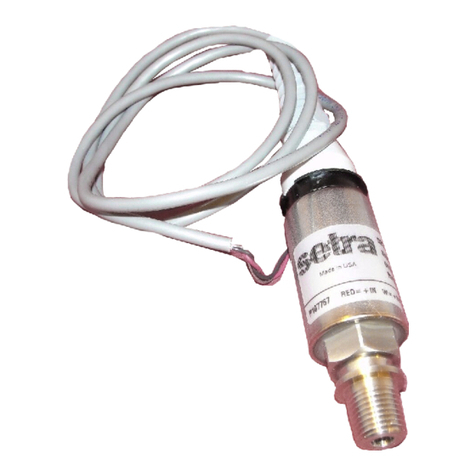
Setra Systems
Setra Systems 526 User manual
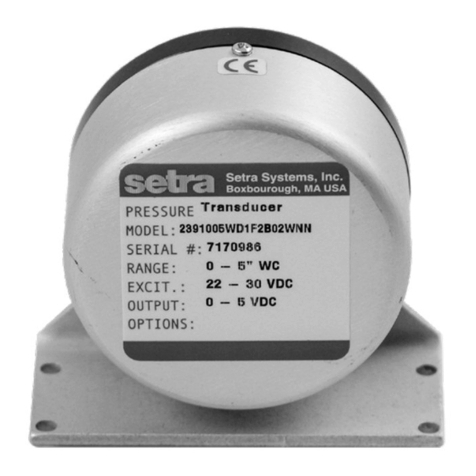
Setra Systems
Setra Systems 204 User manual
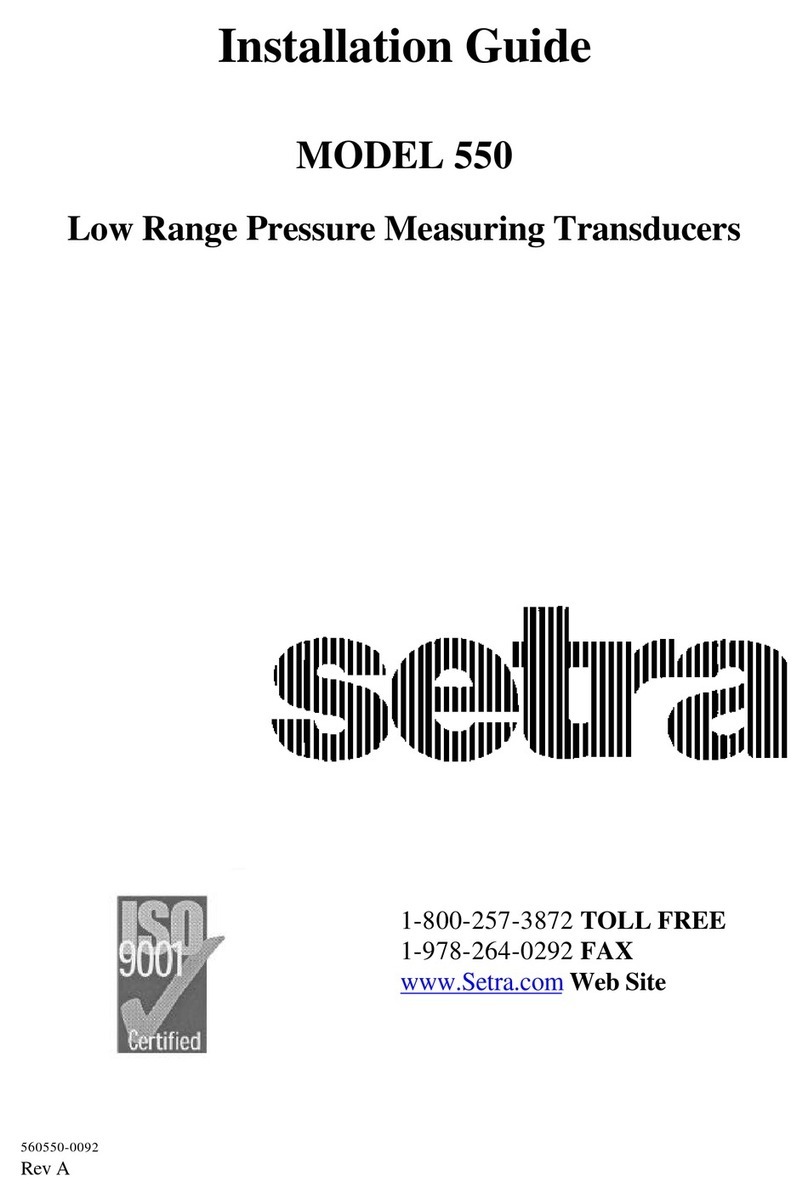
Setra Systems
Setra Systems 550 User manual
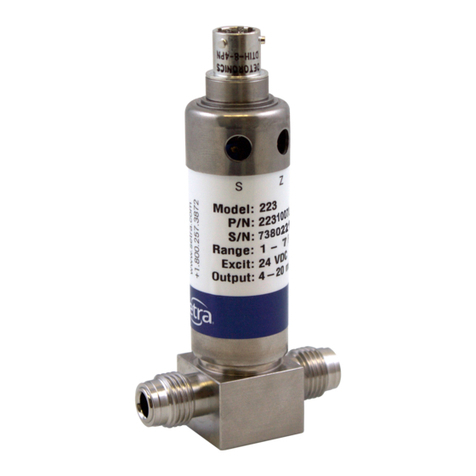
Setra Systems
Setra Systems 223 User manual
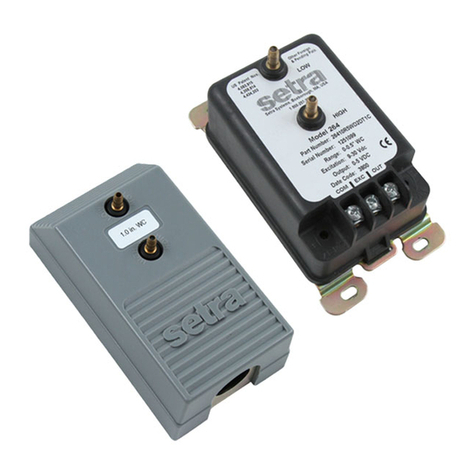
Setra Systems
Setra Systems DPT264 Series User manual

Setra Systems
Setra Systems 264 User manual
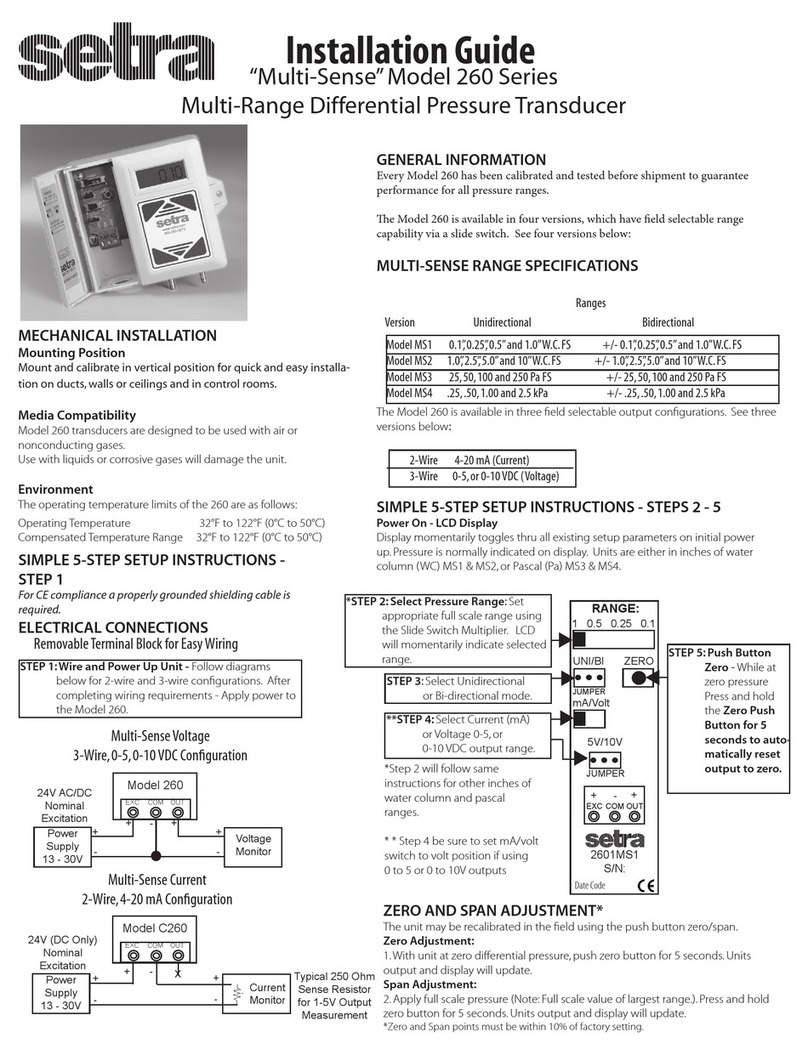
Setra Systems
Setra Systems Multi-Sense 260 Series User manual
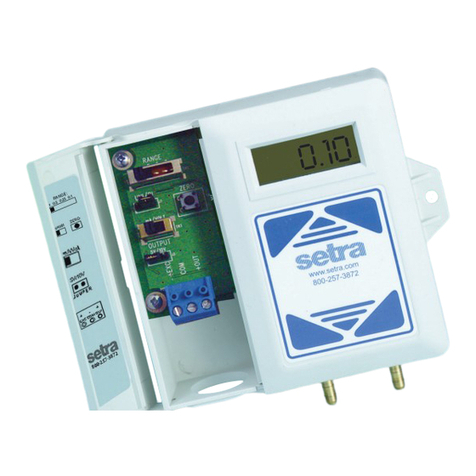
Setra Systems
Setra Systems MS1 User manual
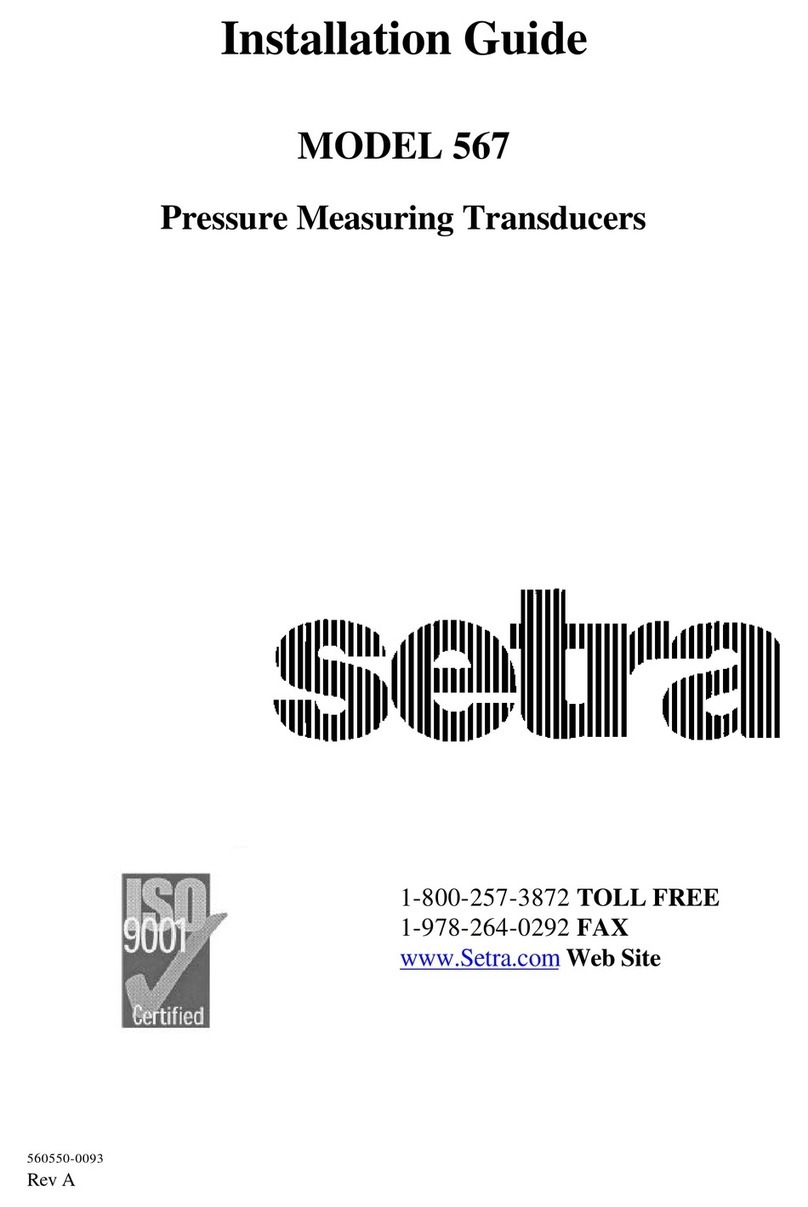
Setra Systems
Setra Systems 567 User manual
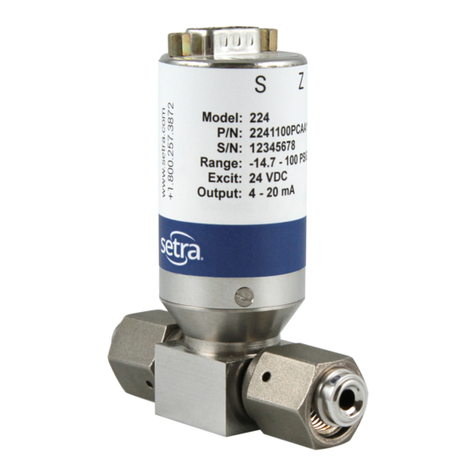
Setra Systems
Setra Systems 224 User manual

Setra Systems
Setra Systems 267 User manual
Popular Transducer manuals by other brands
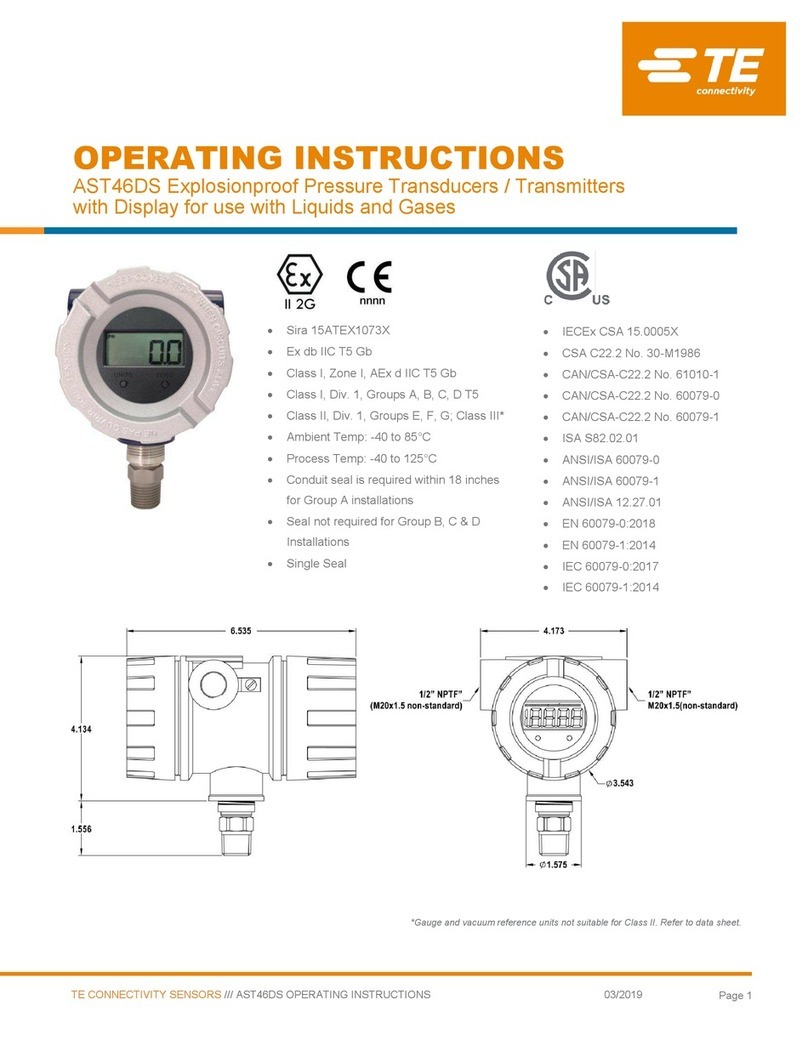
TE Connectivity
TE Connectivity AST46DS operating instructions
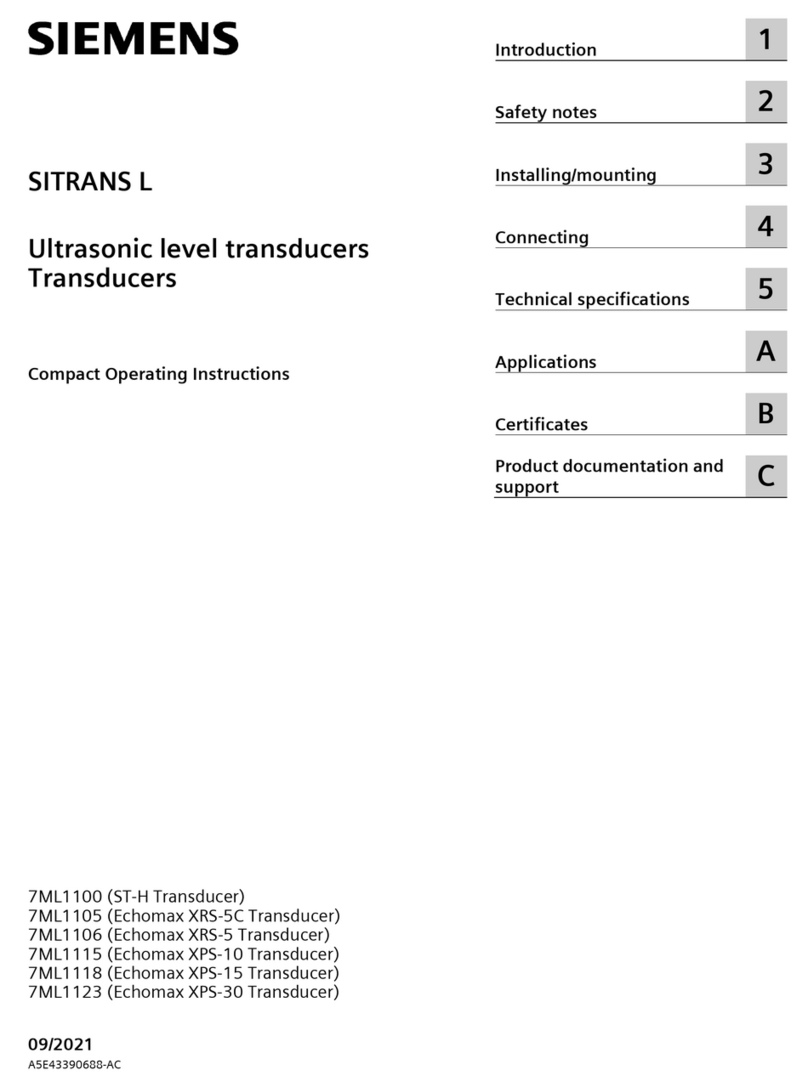
Siemens
Siemens SITRANS L 7ML1100 operating instructions
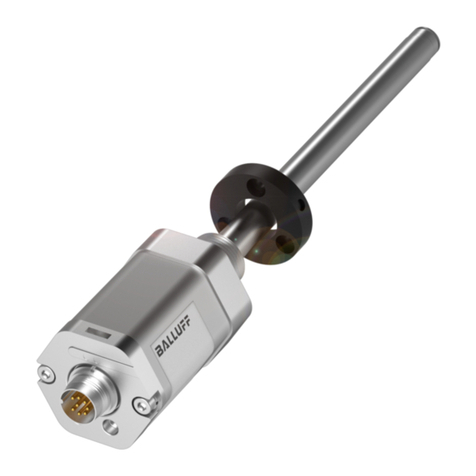
Balluff
Balluff BTL7-A Series user guide
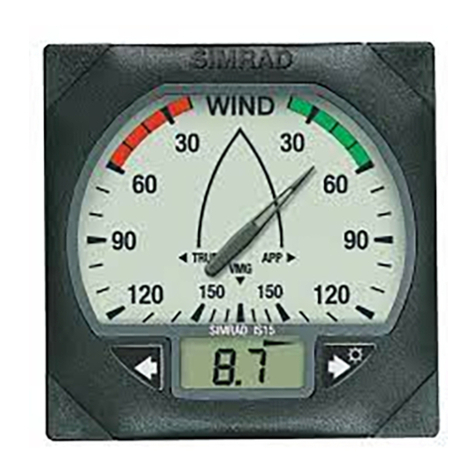
Simrad
Simrad IS15 manual
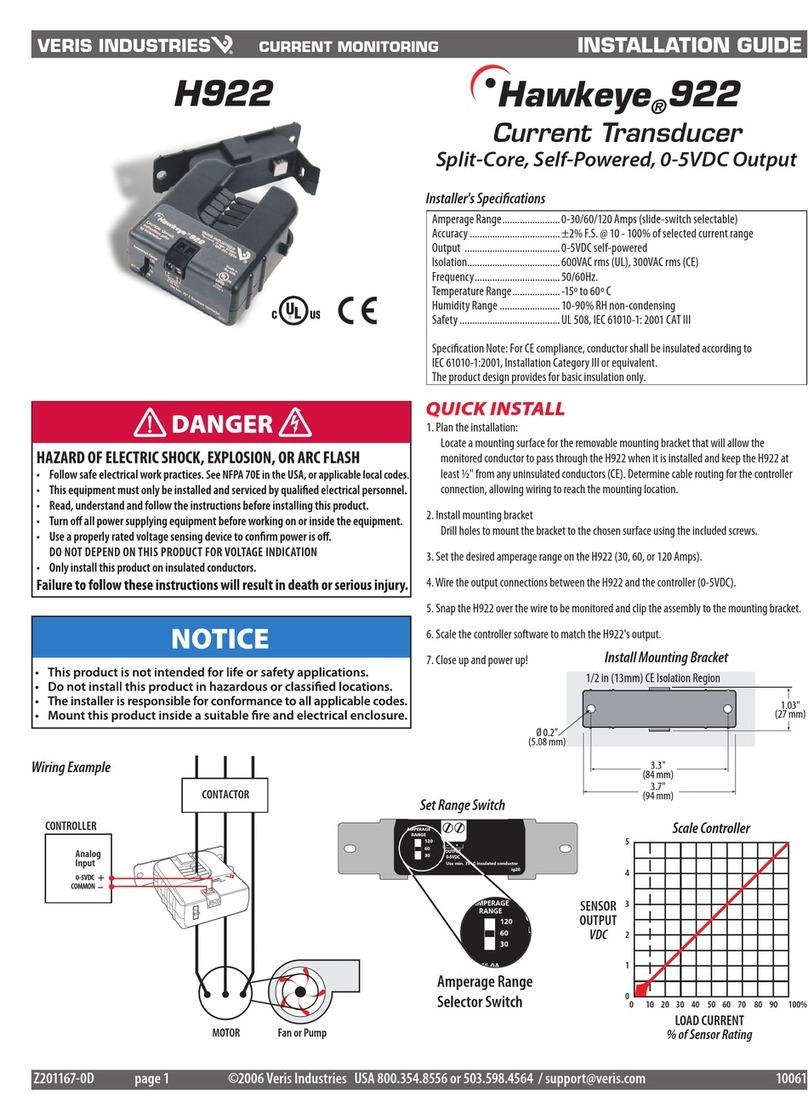
Veris Industries
Veris Industries Hawkeye 922 installation guide

Baker Hughes
Baker Hughes Masoneilan 8000 instruction manual
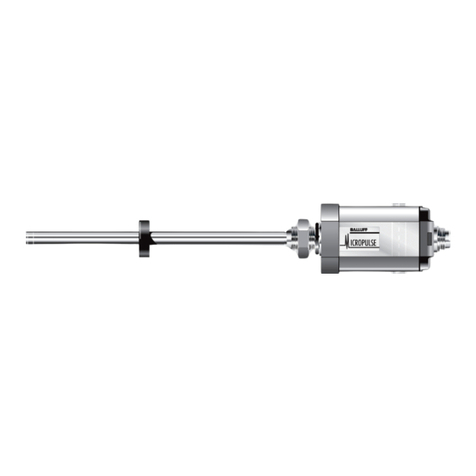
Balluff
Balluff BTL5-S M A Series user guide
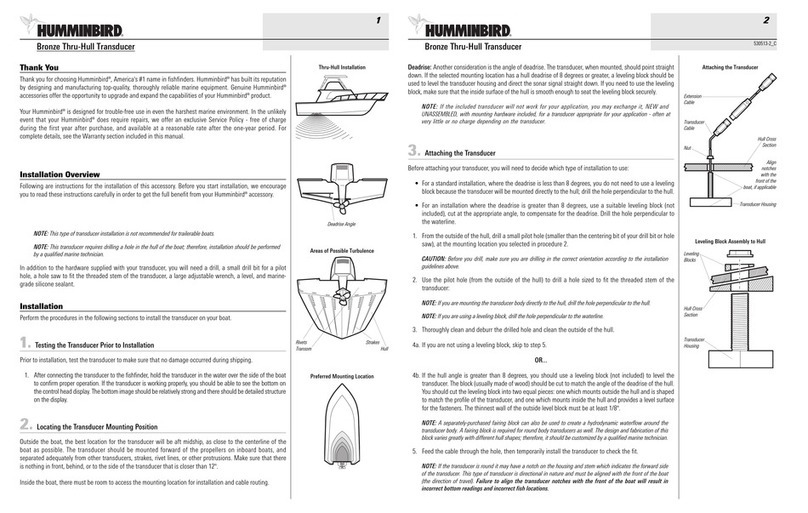
Humminbird
Humminbird XTH 9 20 P manual
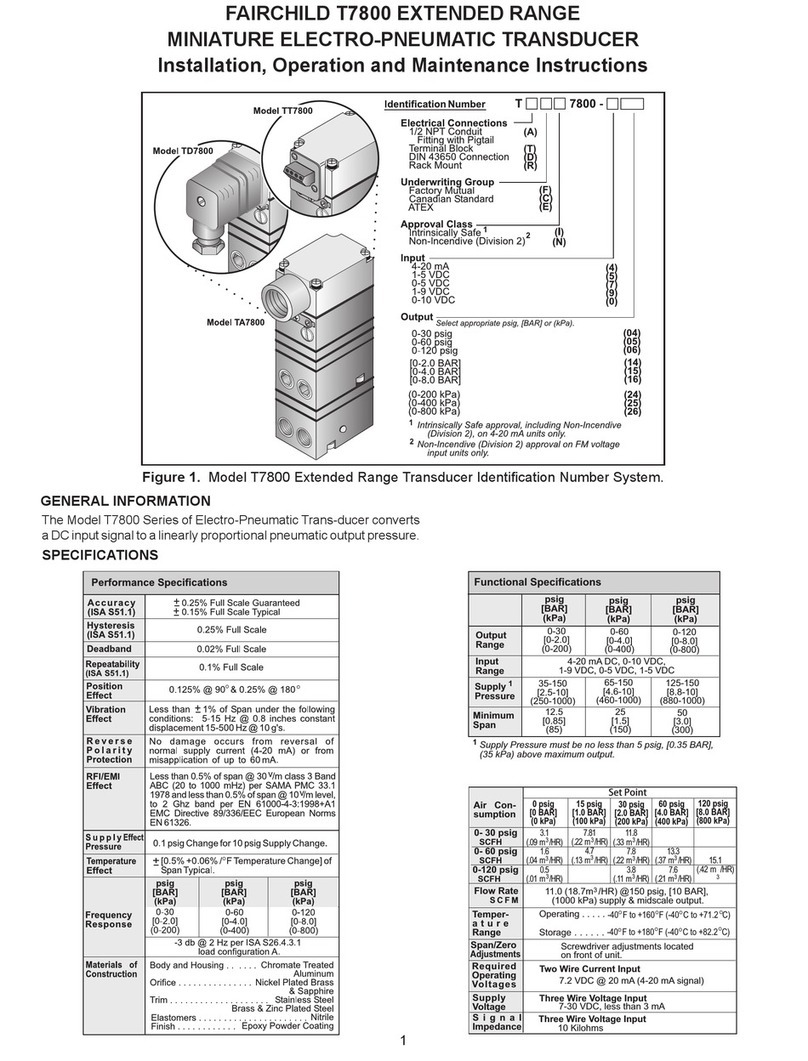
Fairchild
Fairchild T7800 Series Installation, operation and maintenance instructions

HBM
HBM C4 Mounting instructions
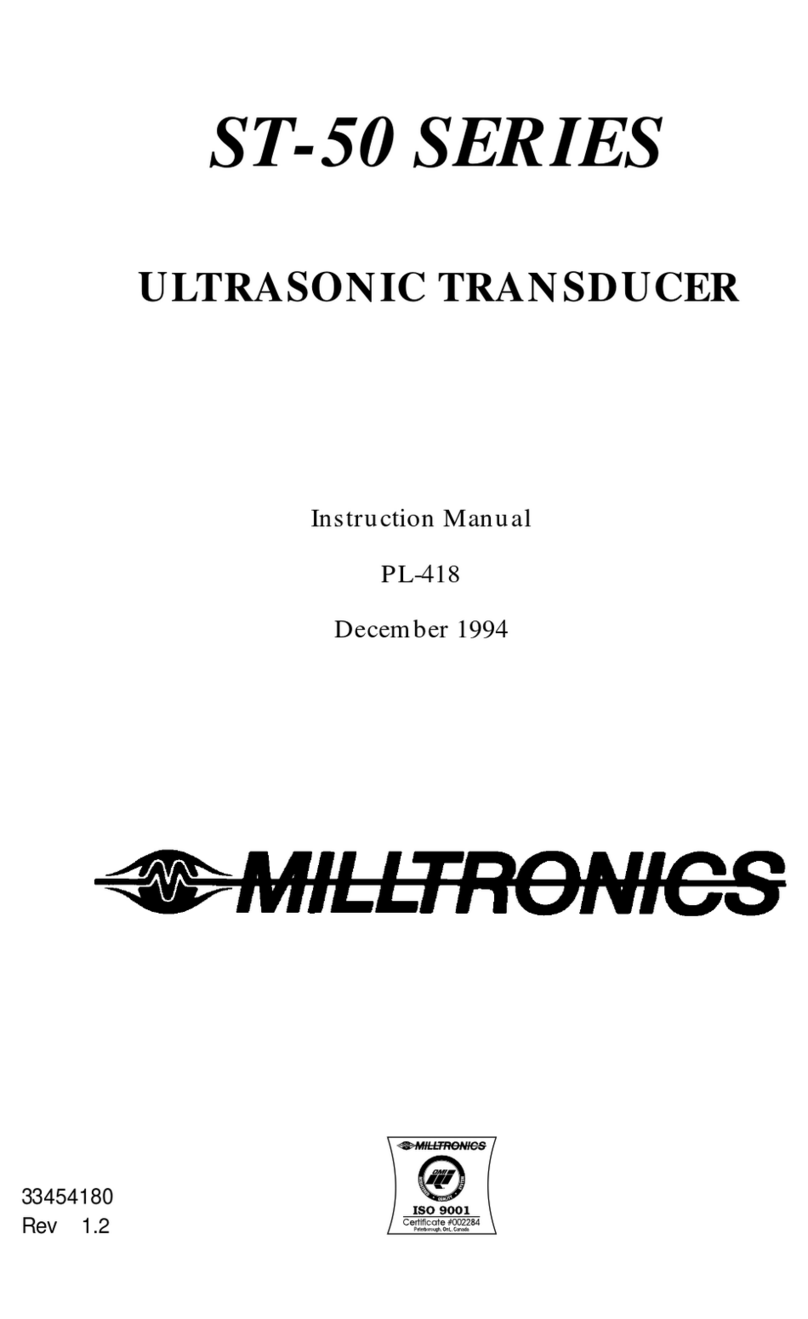
Milltronics
Milltronics ST-50 Series instruction manual
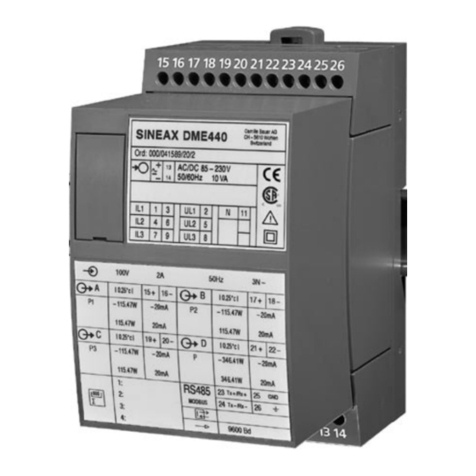
Camille Bauer
Camille Bauer SINEAX DME 440 operating instructions
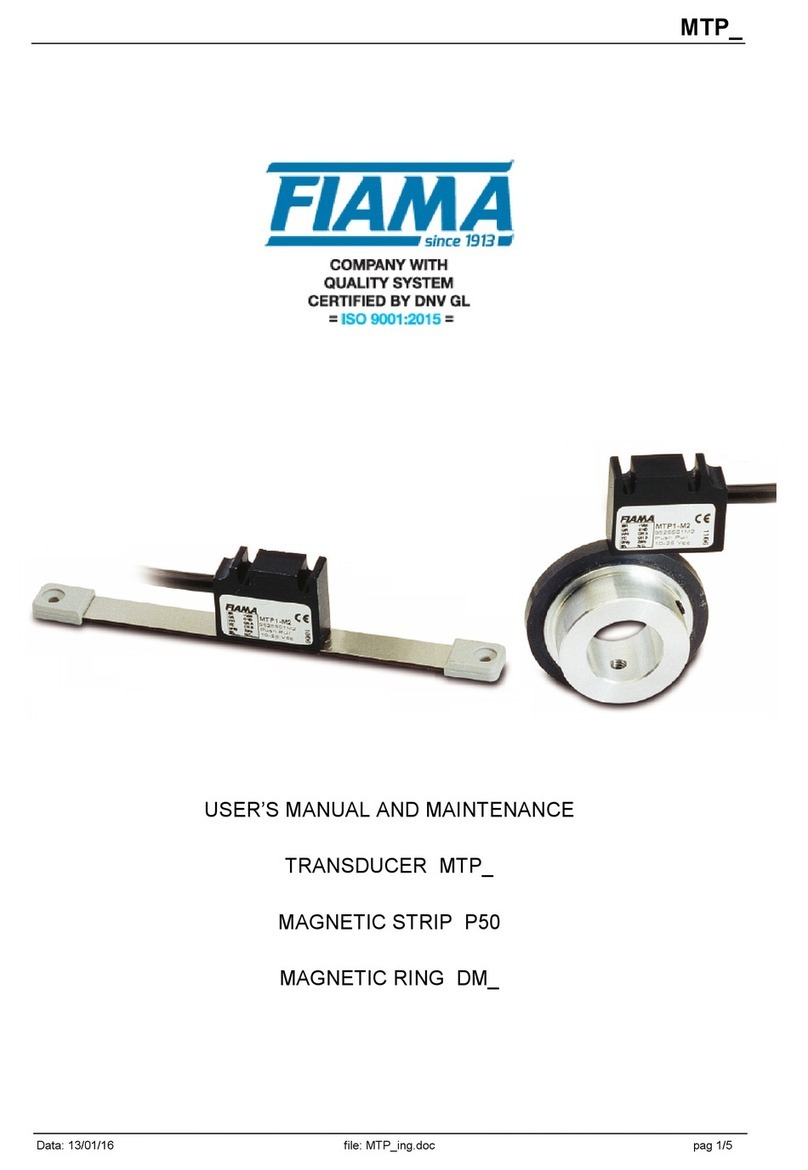
FIAMA
FIAMA P50 User manual and maintenance
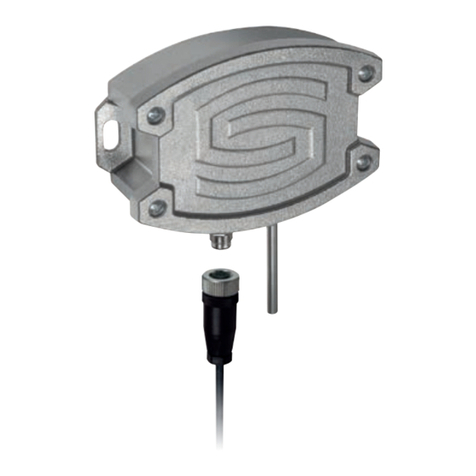
S+S Regeltechnik
S+S Regeltechnik THERMASGARD ATM2-VA Operating Instructions, Mounting & Installation
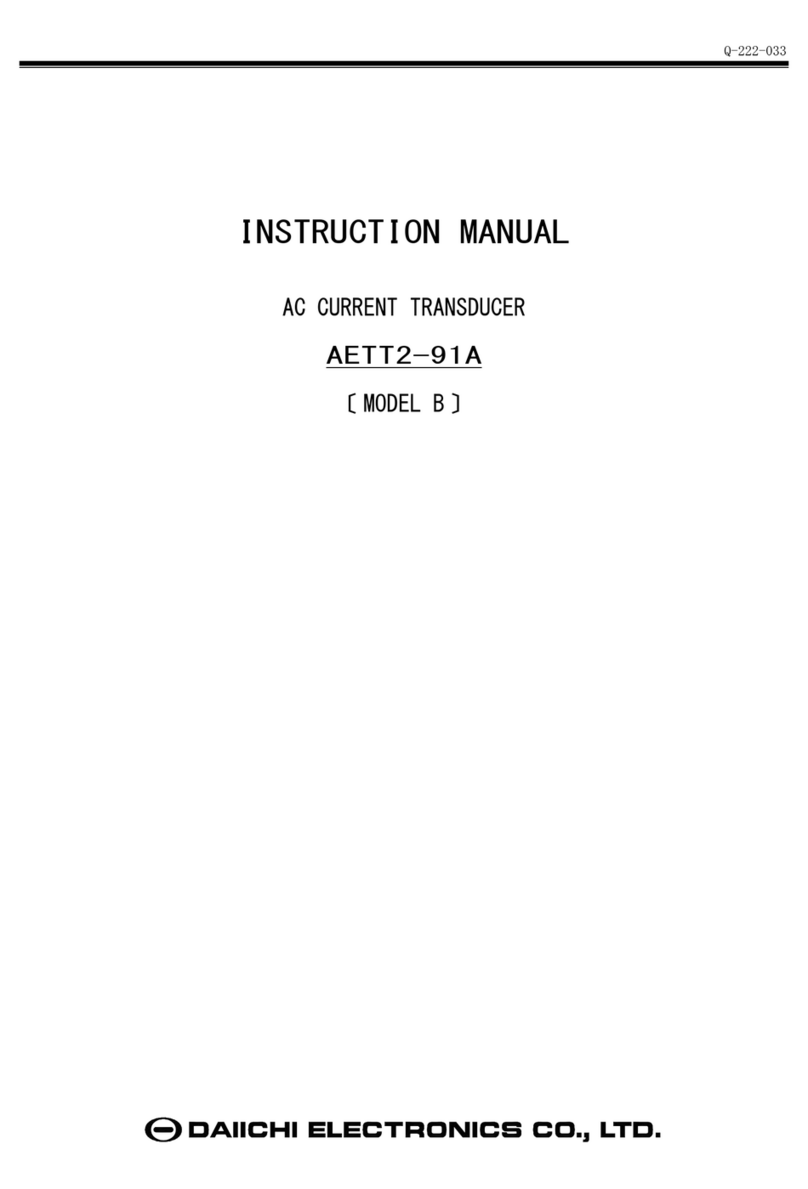
Daiichi Electronics
Daiichi Electronics AETT2-91A instruction manual
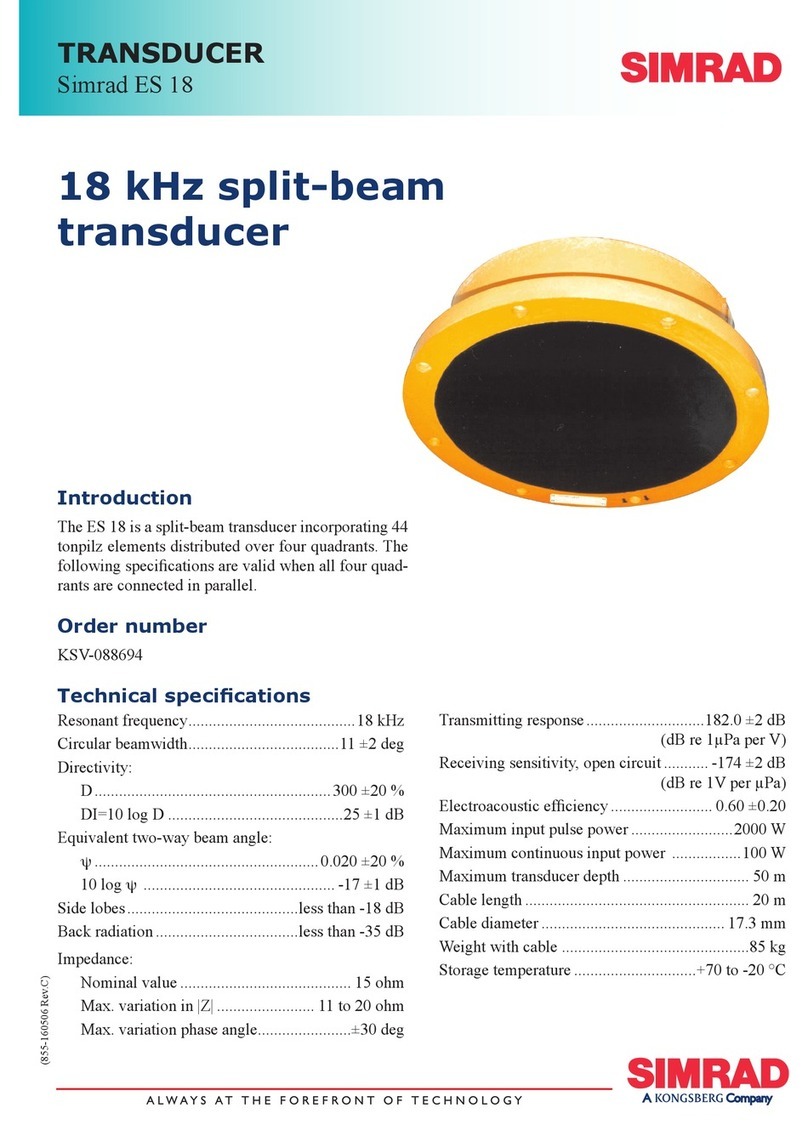
Simrad
Simrad ES 18 - DATASHEET REV C datasheet
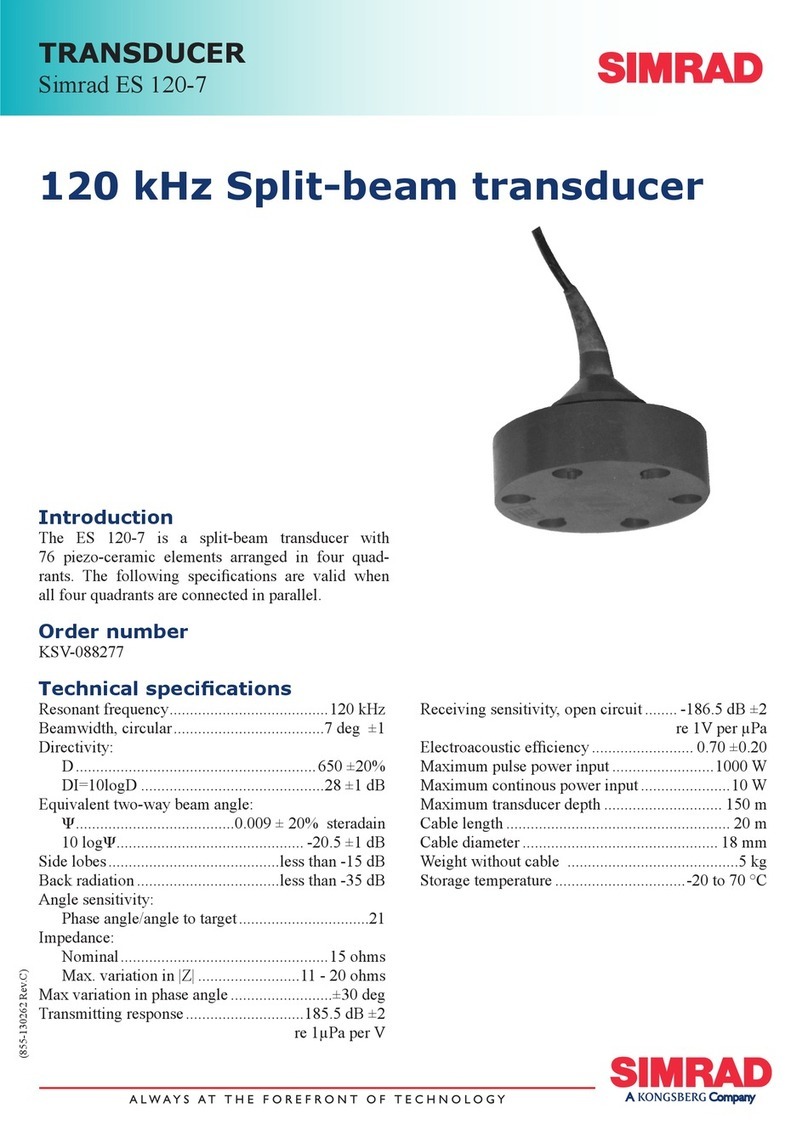
Simrad
Simrad ES120-7 - REV C datasheet
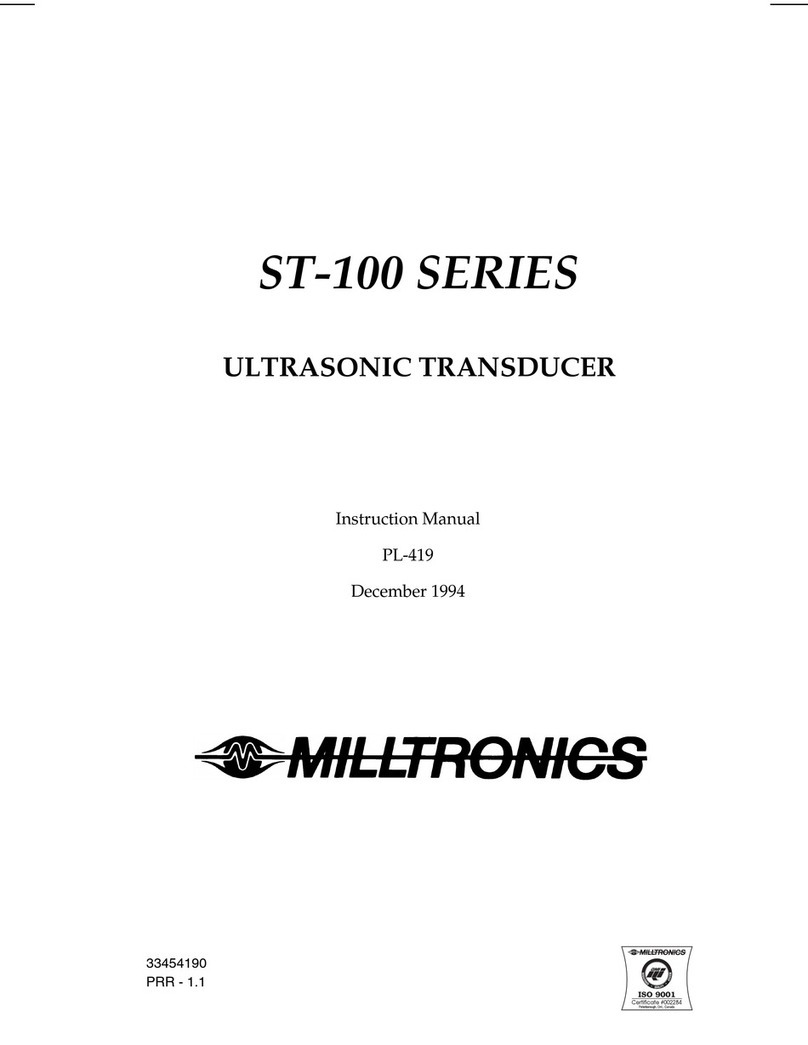
Milltronics
Milltronics ST-100 SERIES instruction manual
